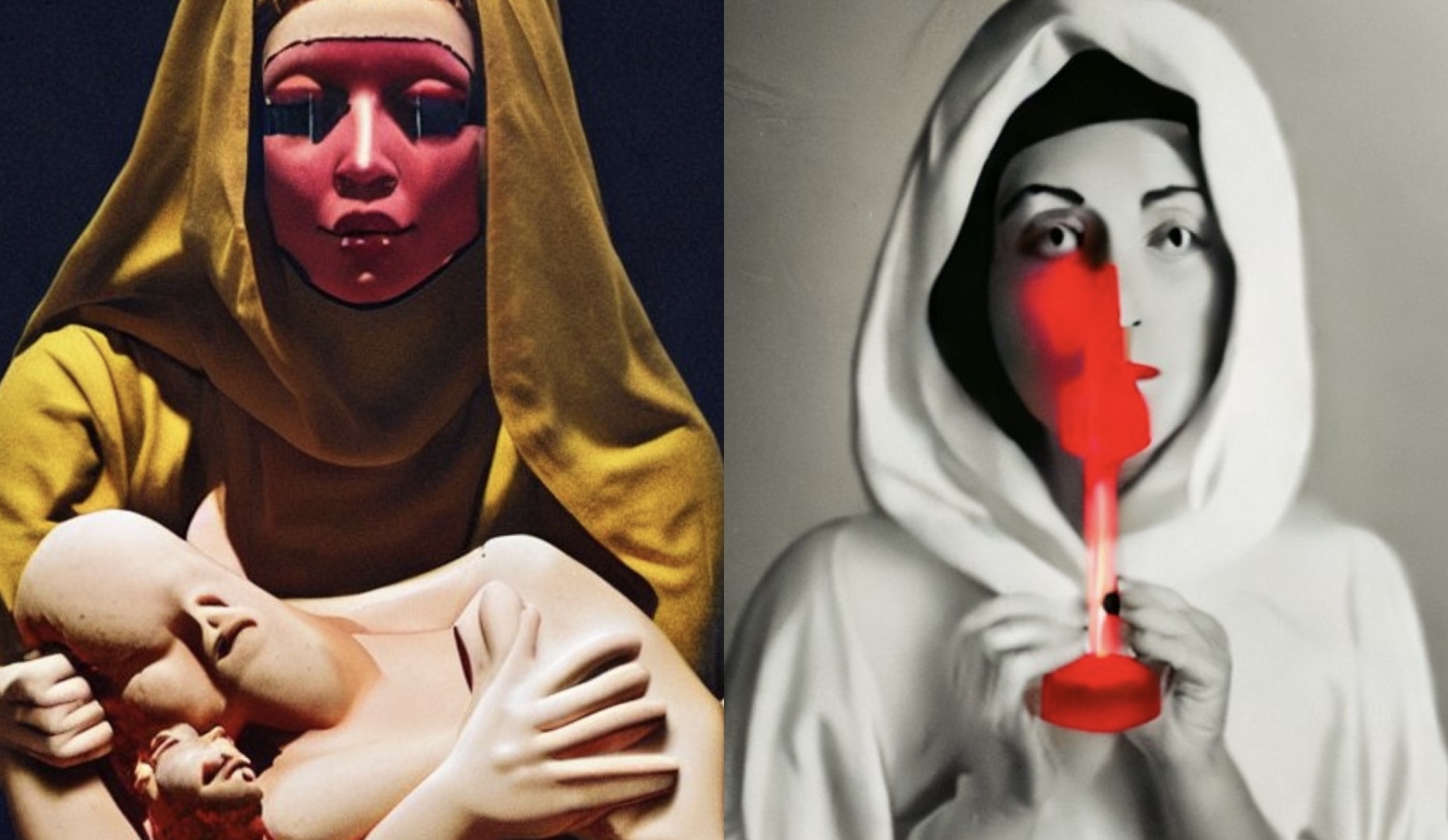
Art mediums: How technology is transforming art
You’ve probably already come across A.I selfies while scrolling on Instagram, created using the app Lensa AI. All it needs is a selfie and artificial intelligence to come up with new portraits of different styles. Users for instance can see themselves transformed into a fairy in Vangogh style.
These apps are proving to be controversial, since apps like Stable Diffusion were made by training them to take inspiration from artists who did not really agree to using their work for Prisma Labs to profit. It’s no wonder artists have taken to Twitter to express their disapproval, claiming that the app is unfairly stealing their work.
Other artists, such as Alexander Reben, who also works as a roboticist, are embracing AI or deep learning to explore other artistic mediums. Reben has created AI sculptures, which are 3D-printed in plastic or cast in bronze.
Whatever your stance, there’s no doubt technology is shaking up the art world, which is nothing new: Portable paint tubes were also controversial when they were invented in the 19th century. They were expensive, but embraced by artists like Pierre-Auguste Renoir, who once said: “Without colours in tubes, there would be no Cézanne, no Monet, no Pissarro, and no Impressionism.”
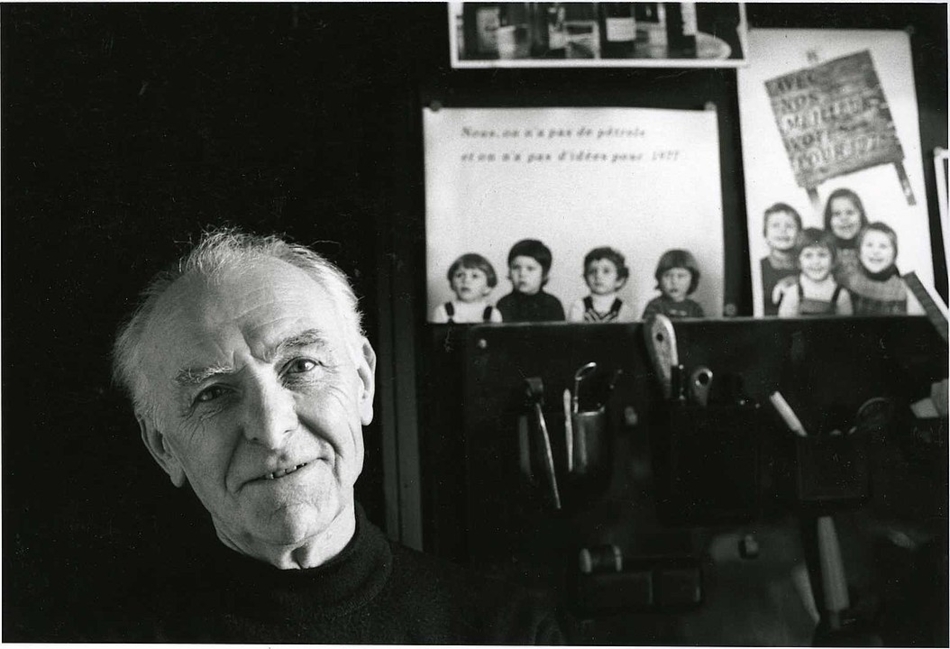
Photography is another artistic medium that transformed art and which was thought to pose a risk to paintings when it was introduced at the end of the 19th century. Even today, some people still question whether photography is really an artform, but it only takes looking at Robert Doisneau’s 1950 image of a couple kissing near the Paris city hall or Edward Weston’s 'Pepper No. 30' to realise that photographs also deserve to be hung up in galleries and museums.
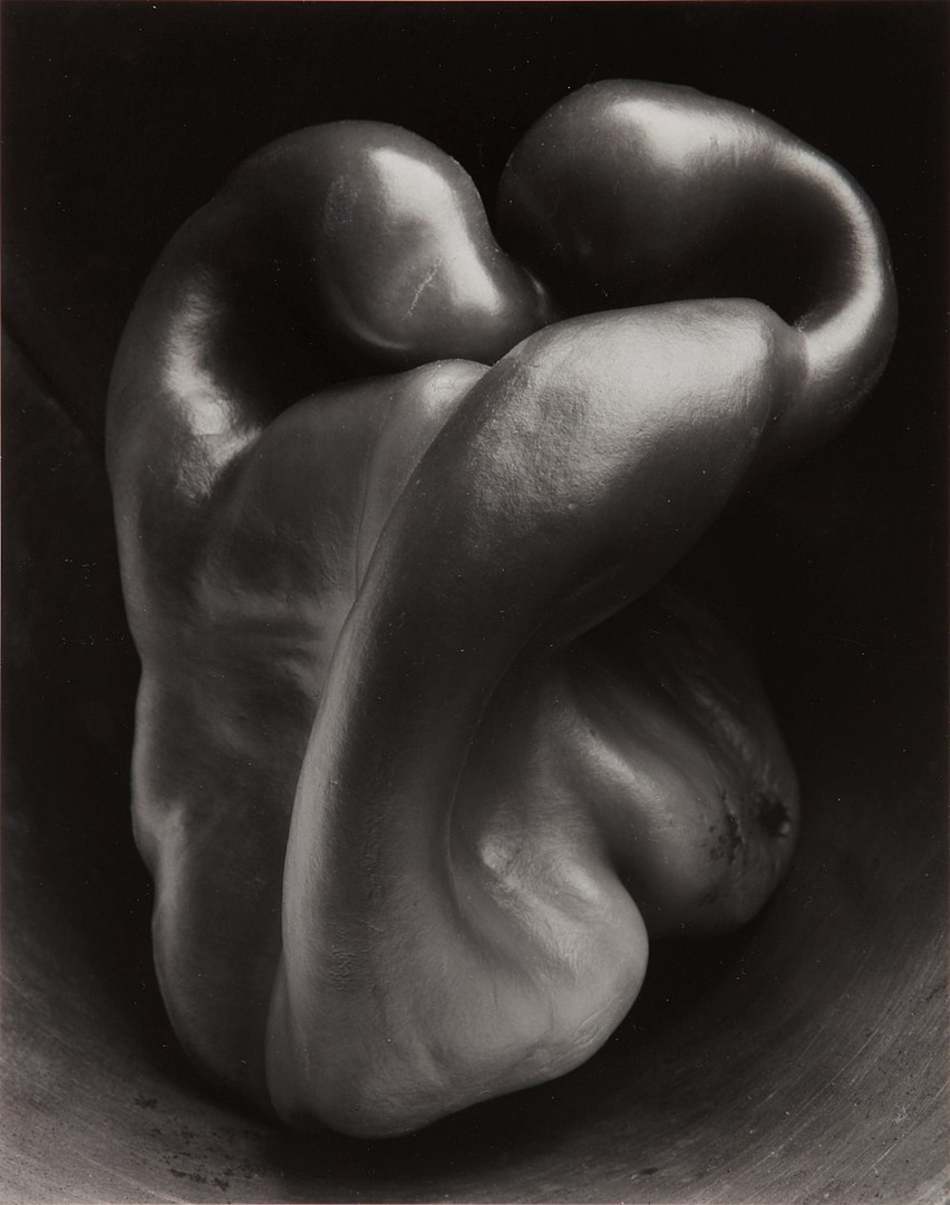
Inventors of television probably never dreamed it would become an art medium or a vehicle for culture, but artists like Nam June Paik highlighted the importance of mass media and used TV sets as their medium. “I think the best technology, information, has to do with education—our thinking,” Paik wrote in his 1976 essay 'Why is Television Dumb?'.
Similarly, Andy Warhol might never have become so successful if he hadn’t made use of silkscreen printing. A technique that involves designing on a piece of fabric or paper using a stencil and transferring the design onto a surface, it enabled him to mass-produce his works, with images of celebrities such as Marilyn Monroe, reflecting the consumer-driven culture at the time.
Augmented reality: a growing trend
The advent of Augmented Reality (AR) is shaking up the artworld and we’re only just beginning to realise just how much. Through computer screens, virtual reality and projection mapping, auditory and tactile experiences, we are witnessing the birth of a new artistic medium. With just a single phrase, or “prompt”, using DALL-E 2 from OpenAI, Midjourney and Stable Diffusion, you can create a new picture, and the results can be amusing.
Type in “A contemporary Pietá in Cindy Sherman style”, for instance, and you might get this sombre image below of a woman with red paint on her face wearing a yellow shawl holding what might be a deformed doll.
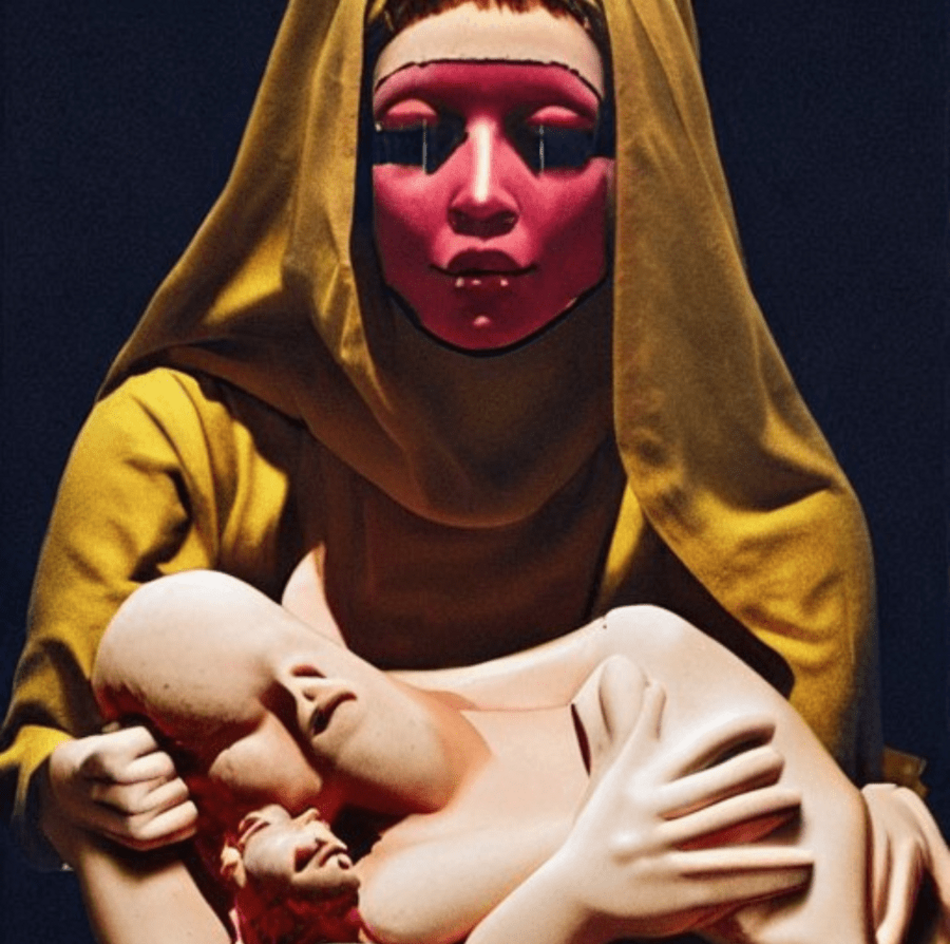
You can also be more specific, and say you want “the shot taken from above, with a polaroid, and for the Virgin Mary to be wearing red lipstick.” And in less than a minute, there you go.
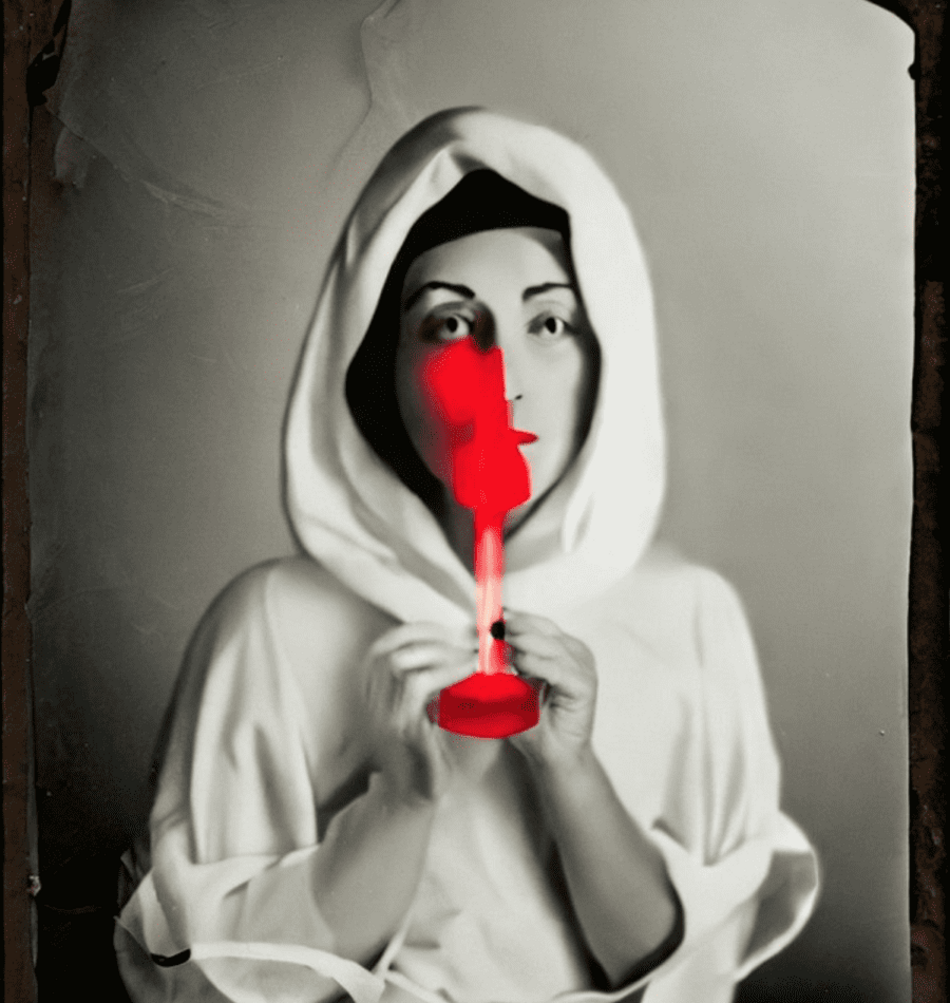
At once exciting and concerning, these new forms of art are raising many questions in the art world around the originality of AI-created works, ownership and authentication, and above all about human creativity. Are AI art generators a curse or a gift?
If you’re curious to learn more about art, head to these galleries and museums in the French capital and discover some of the best shows to see in Paris.
Credits for the Main photo: © OpenAI
